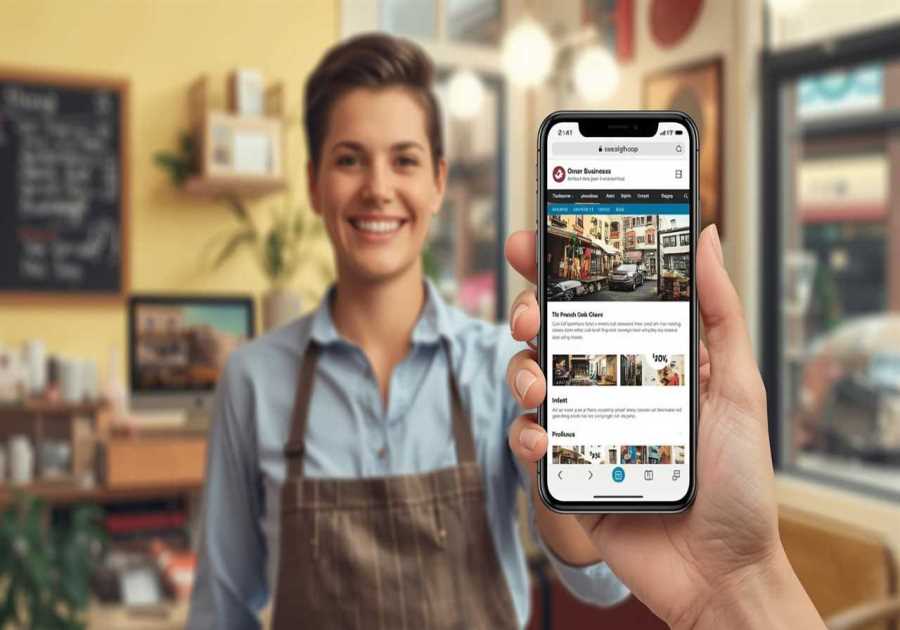
In today’s crowded inboxes, the last thing customers want is a constant stream of boring “20% OFF” emails. And yet, many brands still rely almost exclusively on discounts to drive sales. It’s lazy, it’s uninspired, and—most importantly—it’s not sustainable.
Smart brands are moving beyond the discount trap by sending fun, valuable, and highly engaging email content. And the results? Higher open rates, more clicks, and customers who actually want to stay subscribed.
Let’s break down exactly how you can make your email marketing strategy not just more engaging—but more profitable.
Start With Value, Not Discounts
People don’t subscribe to emails to be spammed with codes. They want connection. Education. A bit of fun. Your emails should make them feel something—even if they don’t click “Buy Now.”
Instead of pushing discounts every week, send content that offers value. Think:
- Fun facts (e.g. “61% of people experience digestive discomfort”)
- “Us vs. Them” comparisons that showcase your product’s superiority
- How-to guides or usage tips
- Behind-the-scenes looks at your brand
- Customer stories or reviews
These types of emails are not only more engaging—they also make your brand memorable. A great example: Seed, a probiotics brand, sent out a beautifully branded email containing a fun fact about digestion. It wasn’t salesy, but it was memorable. And most importantly, it kept people subscribed.
How to Structure a Winning Email
Every great email follows a simple four-part structure:
1. Hero Section
This is the very top of your email. It needs:
- A clear headline
- A striking image or graphic
- A bold Call-to-Action (CTA) above the fold
People shouldn’t have to scroll to understand what the email is about or how to take action. This is your hook—make it count.
2. Bridge Section
This part connects the headline to the product. It can include:
- A short explanation
- Supporting copy
- Testimonials
- Infographics
- Feature lists
Use it to answer the question: Why should I care?
3. Product Section
Now you showcase the product(s). Whether it’s one hero item or a few bestsellers, be sure to:
- Include strong imagery
- Highlight features or benefits
- Have individual CTAs for each item
Don’t overload this section. Keep it clean and focused.
4. Footer Section
Here’s where you can convert even if the email’s main feature didn’t resonate.
- Add category buttons (“Shop Men”, “Shop Kids”, “New Arrivals”, etc.)
- Link to your homepage or top collections
- Include contact info, social links, and legal details
The footer is your safety net. If they didn’t love what they saw, at least give them options to explore.
Email Examples from Real Brands
Let’s look at how top-performing brands apply this structure.
- Kizik, the shoe brand, does a great job with their hero and bridge sections. Their CTAs are above the fold, and their products are neatly laid out with clear buttons. Even better, their footer includes easy navigation—“Men”, “Women”, “Kids”, and “Last Chance.”
- Ridge, on the other hand, misses an opportunity. While their email design looks clean, they don’t offer product category buttons in the footer. If a customer isn’t interested in the featured product, they may just click away instead of exploring the store further.
The takeaway? Make it easy for readers to take some action, even if it’s not what you initially intended.
Types of Non-Discount Emails You Should Send
Here are just a few ideas to spice up your weekly email calendar:
- “Did You Know?” (Fun fact related to your niche)
- Product benefits (e.g. “Why our charger is faster than Apple’s”)
- Customer spotlight or creator feature
- Sustainability highlight (“How your purchase helps reduce waste”)
- How-to guides (“Make the most of your new purchase”)
- Seasonal gift guides
- Customer reviews and testimonials
- Product comparisons (“Ours vs. Theirs”)
- Staff picks or editor’s choice
- New product announcements
In fact, one successful brand sent 100 non-discount campaigns in a year, three to four times per week. The result? These emails accounted for 40% of their total store revenue. All with barely any discounts.
Don’t Overthink It—Just Send It
One of the biggest mistakes businesses make is thinking their email has to be perfect before it goes out.
That’s wrong.
A simple plain-text email with a good message is better than no email at all. If you’re short on time, skip the design and just send it. All that matters is you’re showing up in your customers' inboxes three to four times a week. That’s how you stay top of mind.
A sample calendar from a real brand looked like this:
- April Fool’s Day email
- “Choose your favorite bag” (fun poll)
- New product drop (AirPod covers)
- Creator spotlight
- “Is wireless charging slow? Not anymore.”
- “Make your iPhone better” (accessory benefits)
- Sustainability story
- Text-based announcement
- Product review roundup
- Mother’s Day gift guide
Only one of those emails offered a discount. Yet collectively, they generated nearly half of the brand’s revenue.
The Secret to Making Email Marketing Work
It’s not about hacks, tricks, or discount codes. The brands that succeed:
- Show up consistently
- Provide value with every message
- Mix fun and education
- Highlight products without over-selling
- Make it easy to click
Only after you’ve built this foundation should you worry about things like advanced segmentation, subject line A/B tests, or automation flows.
Speaking of automation, there’s a whole other side to email marketing: behavior-based emails triggered by actions like abandoned carts, product views, or purchases. If you’re not using those yet, they’re the next logical step to scale your revenue.
Final Thoughts
If you’ve been stuck in the “discount or nothing” cycle, it’s time to break free. You’re leaving serious money—and customer loyalty—on the table.
Start by sending three to four non-discount emails each week. Follow the simple four-part structure. Be fun, be helpful, and always include a way for customers to click through.
It’s not complicated. But it is effective.
And if you're still not sure where to begin, here’s your permission slip: send that email today, even if it’s just a short note with a fun fact and a product link.
Because done is better than perfect. And consistent emails drive real, lasting revenue.






